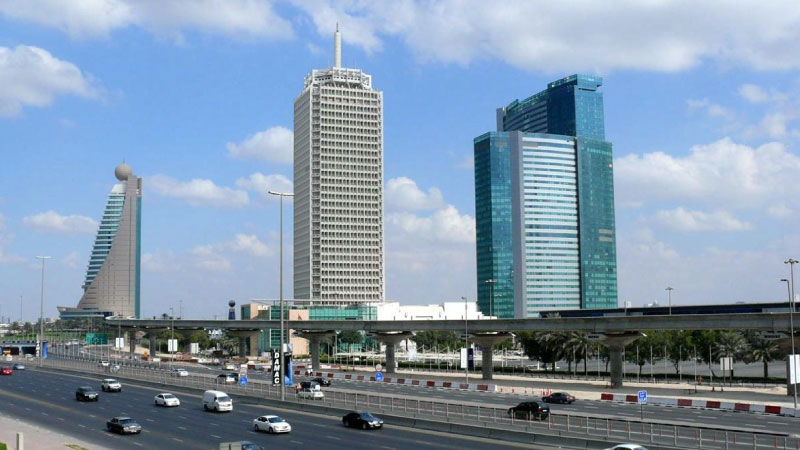Event marketing is a dynamic field that blends creativity with strategic planning to create memorable experiences. The classic marketing mix, known as the 4 Ps—Product, Price, Place, and Promotion—remains highly relevant in the context of event marketing. Here’s how each of these elements applies to crafting successful events in today’s market:

1. Product: The Event Itself
In event marketing, the “Product” is the event you are organizing or promoting. This could be a conference, a trade show, a charity gala, or any other type of event. The key is to design an event that delivers value and meets the needs of your target audience.
Modern Considerations:
- Customization: Tailor the event experience to fit the specific preferences and interests of your attendees. For instance, incorporating interactive elements or offering personalized agendas can enhance engagement.
- Technology Integration: Leverage technology to enhance the event experience. This could include virtual reality (VR) elements, live streaming for remote participants, or interactive apps for real-time feedback.
- Sustainability: Today’s audiences are increasingly concerned with environmental impact. Offering eco-friendly options and promoting sustainability can be a strong selling point.
2. Price: Value Proposition
The “Price” in event marketing isn’t just about the ticket price; it’s about the overall value proposition of the event. This encompasses not only the cost of attending but also what attendees receive in return.
Modern Considerations:
- Tiered Pricing: Offer various pricing tiers to accommodate different budgets. For example, VIP packages can provide exclusive benefits for a higher price, while general admission offers basic access.
- Early Bird Discounts: Encourage early registration with discounted rates. This not only helps in planning but also builds momentum and excitement around the event.
- Value Adds: Consider bundling additional perks, such as access to exclusive content, networking opportunities, or post-event resources, to enhance perceived value.

3. Place: Accessibility and Venue
“Place” in event marketing refers to the location where the event takes place and how accessible it is to your target audience. This includes both the physical venue and any virtual components if the event is hybrid or online.
Modern Considerations:
- Venue Selection: Choose a venue that aligns with the event’s theme and accommodates the expected number of attendees. Consider factors like location convenience, transportation options, and facilities.
- Virtual Platforms: For hybrid or virtual events, select a reliable and user-friendly platform. Ensure it supports interactive features like Q&A sessions, networking lounges, and breakout rooms.
- Accessibility: Make sure the event is accessible to all potential attendees, including those with disabilities. This involves physical accessibility at the venue and technical support for online participants.
4. Promotion: Getting the Word Out
Promotion is crucial for generating awareness and driving attendance. This encompasses all the strategies and channels used to market the event.
Modern Considerations:
- Social Media: Utilize platforms like LinkedIn, Instagram, and Facebook to reach different audience segments. Engage with potential attendees through targeted ads, influencer partnerships, and content marketing.
- Email Marketing: Develop a series of targeted email campaigns to build anticipation, provide updates, and encourage registration.
- Content Marketing: Create valuable content related to the event topic to attract and engage your audience. This could include blog posts, whitepapers, or video teasers.
- Partnerships: Collaborate with industry influencers, sponsors, and media partners to expand your reach and leverage their networks.

Applying the 4 Ps to event marketing involves a nuanced understanding of how each element contributes to the overall success of the event. By focusing on creating a compelling event (Product), offering value (Price), ensuring accessibility (Place), and executing a strategic promotional plan (Promotion), you can craft events that resonate with your audience and achieve your marketing goals. Embracing modern trends and technologies further enhances the effectiveness of these traditional marketing principles, making them more relevant and impactful in today’s ever-evolving landscape.





